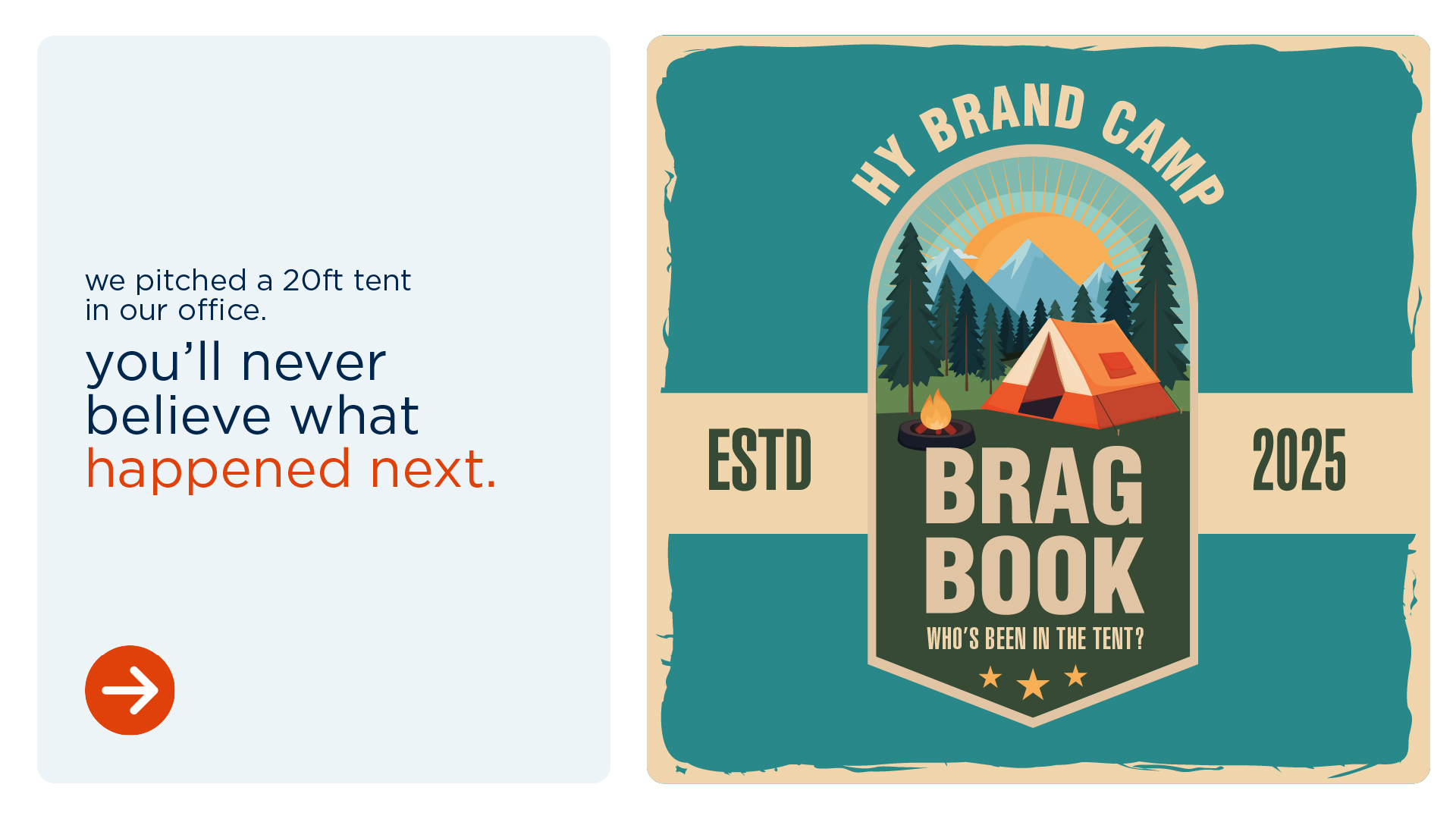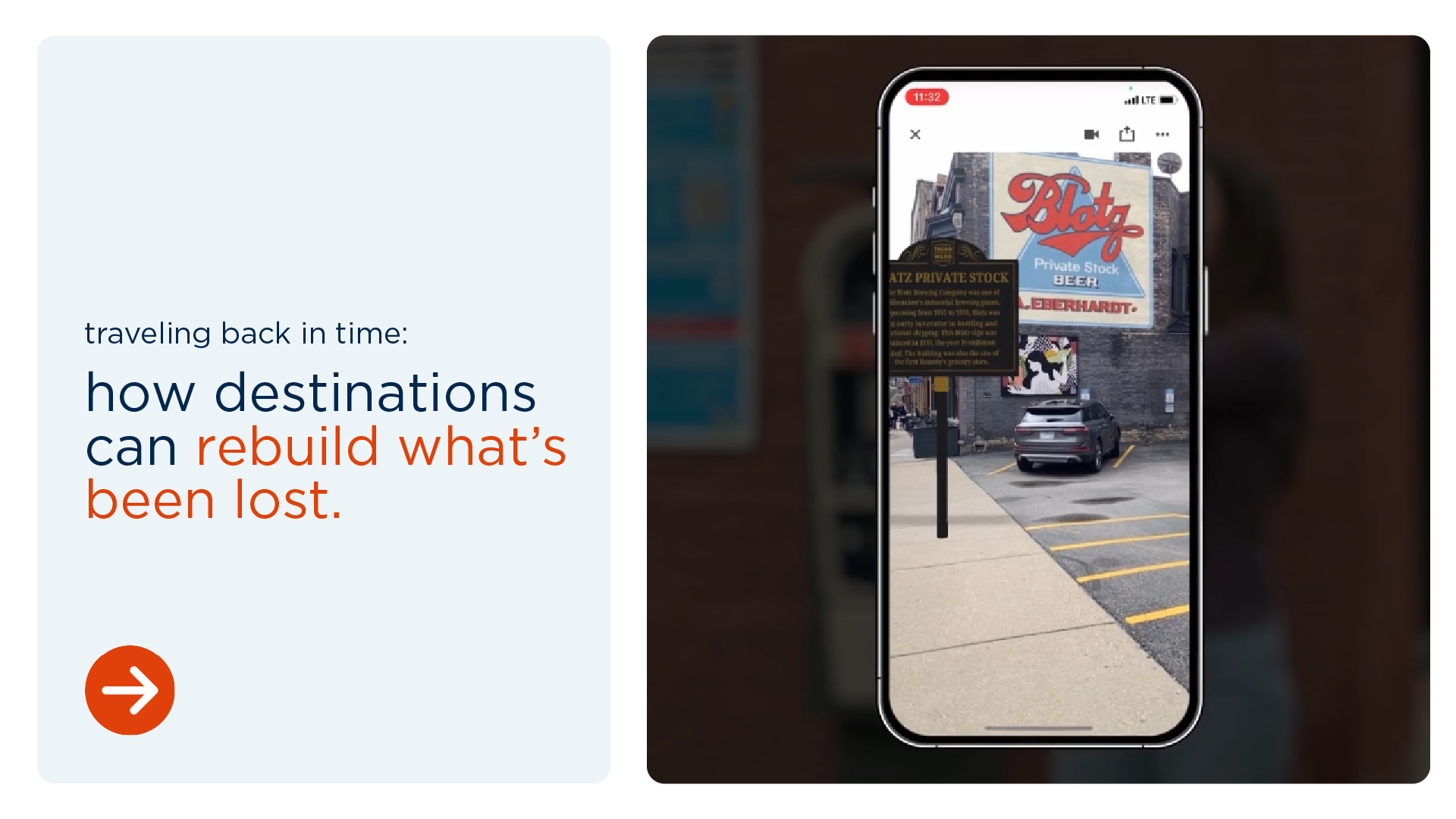The Future of Shopping, According to Gen Z
June 18, 2024
Ah yes, the convenience of digital shopping. No jumping in your car and braving the crowds, just click, buy and enjoy. Goodbye brick-and-mortar stores, right? Not if Gen Z has anything to say about it. Although these newcomers are digitally savvy and prefer to shop online, it’s only by a slim margin. And given this generation is now the second largest and represents more than $360 billion, how they shop matters.
But Gen Zers have concerns when it comes to both online and offline shopping that retailers need to account for. What do retailers need to do to win over this new generation of shoppers? We surveyed more than 1,300 Gen Zers to find the answers. Here’s what we learned.
They start with what, not where
Most generations have their go-to retailers. Gen Z is different. When asked to rate the most popular retailers in the U.S., the net rating for Gen Z was only 30%. In fact, Gen Z was more likely to have a higher negative rating for every retailer except Target. And while they like Target (62%), Amazon (60%) and Walmart (58%) the most, likes and actions are two different things. Gen Z is the least likely to have purchased something in the last three months from these retailers.
The reason is simple—many Gen Zers don’t start their search with a retailer, which means once they find what they want, they’re open to buying it here, there or anywhere. Once they know what they want, they look for retailers that specialize in products they want (29%), give personalized recommendations (26%) and carry their favorite brands (43%).
What can retailers do to gain interest from Gen Z? Be there when it matters. But this takes understanding the individual and tailoring your offerings to their interests. If they like what they see and it vibes with them, they’re more likely to buy, and look to you first the next time. More on personalizing the experience for Gen Z here.
Physical stores still matter, for now
Although 44% of Gen Zers do most of their shopping at physical stores, Gen Z is the least likely generation to agree that the in-store experience is still relevant (37%). It should come as no surprise that the biggest draw for shopping at a brick-and-mortar location is the ability to see and feel products. There is reason for concern, however, as Gen Z is the least likely generation to say they would prefer to shop in person for big-ticket items such as cars (52%), furniture (45%), appliances (41%) and lawn equipment (37%).
To appeal to both online and offline shoppers, retailers are trying new things, such as augmented reality. Customers can virtually try on shoes and clothing and see how different paint colors look on their walls, all without leaving the house. On the flip side, online retail giant Amazon has created Amazon Go, physical stores in select markets that feature no cashiers. Shoppers simply scan as they put items in their cart. While it’s unclear whether this will become a viable thing, it’s clear retailers continue to push new boundaries, online and offline, to cater to today’s more tech-savvy Millennials and Gen Zers.
What can smaller brick-and-mortar retailers do to win Gen Z? At minimum, they need an online solution that gives everyone the opportunity to shop the way they like. But competing with online may not even be necessary for some retailers that offer an experience. There’s a reason people go to IKEA and why boutiques and gift shops stay busy. People enjoy shopping when it doesn’t feel like an errand. It’s why Wayfair and Warby Parker are moving from online-only to creating brick-and-mortar locations. Make it meaningful and enjoyable and people will come.
Concern over online security
One thing that gives Gen Z pause when it comes to online shopping is the scams from fraudulent online retailers. New retailers are popping up left and right on social media and Gen Z is clicking. They grew up knowing how to use a smart phone at an early age, so they are more open to trying new retailers. And because of this, they are three times more likely to fall for an online scam than Baby Boomers (source). But these savvy consumers are catching on and becoming less trusting. Online scams are one reason nearly one in four Gen Zers will choose to shop in-store.
And don’t expect that Gen Z is just going to buy without doing their homework. In fact, 95% of Gen Z consumers validate their decisions with the help of online reviews (source). A quick Google or Bing search can quickly tell you how legitimate a retailer is. If you’re a new business on the scene, it’s vital that you encourage reviews and follow up on bad ones. The more good reviews, the more these younger consumers will trust you, or at least give you a chance. And make sure your customer service is up to par, as nothing brings your reviews down faster than a bad experience that was made worse by bad service.
Convenience or inconvenience?
Nearly half of Gen Zers enjoy the convenience of online shopping, which begs the question, what about the other half? The answer is there’s a simplicity to online shopping that is often overstated. While certain retailers have learned how to do it right, many struggle with making the process truly convenient. Sometimes, what the retailer is advertising is no longer available and other times there are not enough pictures, videos or information that help the user decide.
The bottom line is that Gen Z expects things to be easy, whether they’re shopping online or off. To appeal to this generation, you need to go above and beyond to tailor your options to them. And once you have them, just know that they will leave your site or store if it’s taking too long or they can’t find exactly what they need.
Summary
Going out shopping is not going away anytime soon, thanks in part to a younger generation that still sees value in it. And just because Gen Zers prefer to shop online doesn’t mean it’s the clear winner. One of the reasons Gen Z still shops at physical stores is the concern over online security and fraudulent online activity. Retailers that want to win over this new generation need to be there when Gen Z is searching, cater to online and offline shopping, provide them with a safe environment and make finding and buying what they want as easy and enjoyable as possible. Sounds easy, right? If you need help, Hoffman York is here.




